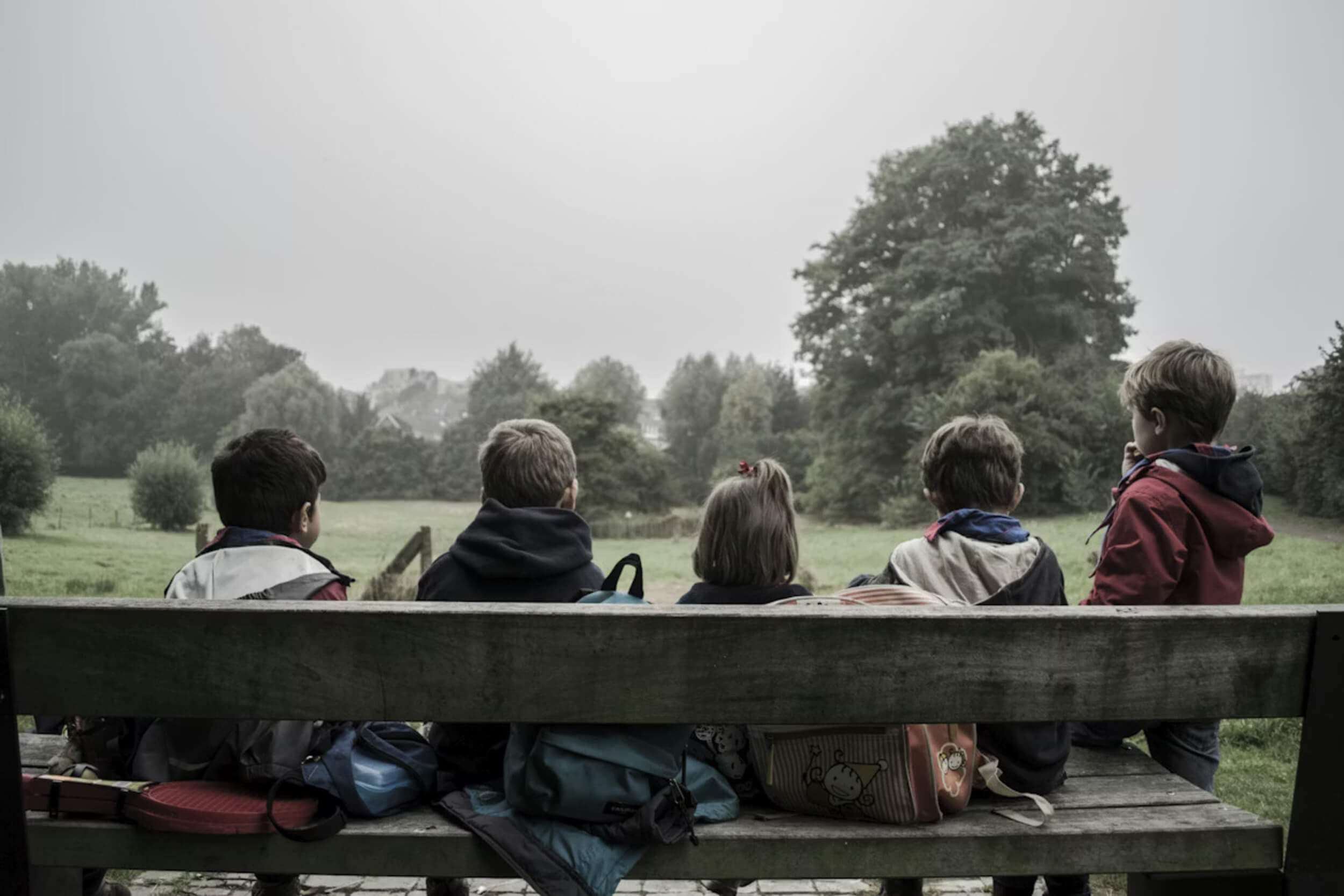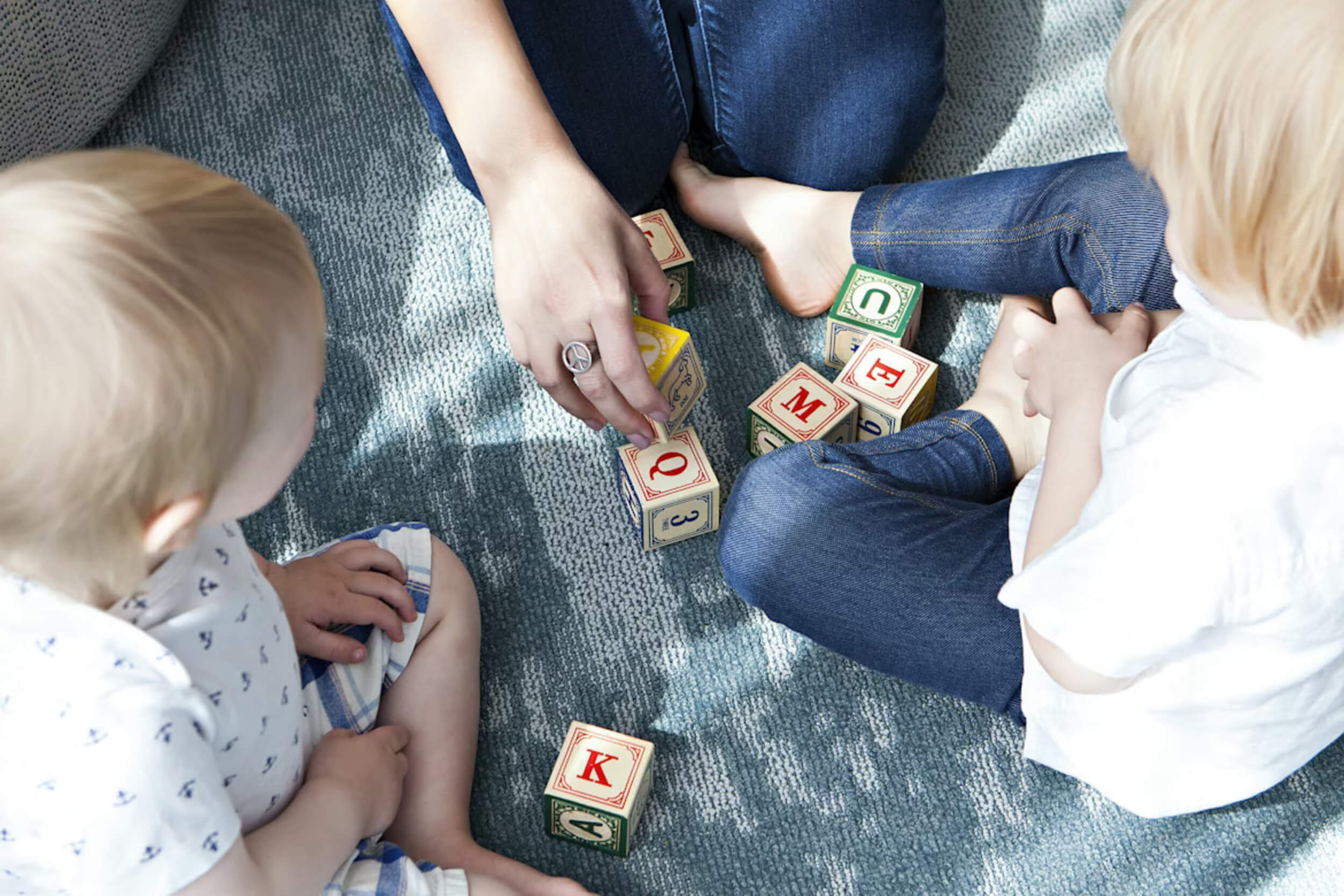Small gestures can change the mood of an entire office. A simple thank-you, holding the door, or checking in on a coworker can turn a stressful day into something manageable. These moments often carry more weight than we realize, setting the tone for how people treat one another at work.
In many workplaces, the way people connect with each other affects results more than technical skill alone. Projects move faster when coworkers respect and support one another. Teams think more creatively when there’s trust. On the other hand, when kindness is missing, even the most talented employees struggle to work together.
This is why kindness is not just about being polite. It’s a strategy that builds trust, strengthens teamwork, and creates better connections across every level of an organization. When kindness becomes part of daily habits, long-term success naturally follows.
The Foundation of Workplace Kindness
Kindness at work starts with clear habits that show respect, care, and genuine support for others.
Defining Kindness at Work
Kindness in a professional setting isn’t about always smiling or agreeing with everything. It’s about showing respect, offering support, and being aware of how your actions affect others. True kindness comes through empathy—listening when someone is stressed, stepping in when a coworker is overloaded, or simply giving credit where it’s due.
There’s also a clear difference between being “nice” and showing real care. Niceness might stop at polite words, while authentic kindness means following through with actions that make work easier for others. When practiced this way, kindness creates better connections that last longer than surface-level interactions.
Why It’s More Than Just “Good Manners”
Politeness is a good start, but kindness at work carries a deeper purpose. Teams that operate with genuine care create trust and safety, which makes people feel comfortable sharing ideas. This isn’t about soft skills that don’t matter—it’s about habits that directly shape outcomes.
Research shows that workplaces built on kindness see stronger collaboration, fewer conflicts, and higher employee satisfaction. When kindness is viewed as part of the strategy instead of an optional extra, it naturally leads to better connections and stronger results.
How Kindness Shapes Work Culture
The way people treat one another every day has the power to shape trust, belonging, and the overall atmosphere of the workplace.
Building Trust and Belonging
A team feels different when people treat each other with respect. Simple acts—like listening without interrupting or recognizing effort—reduce fear of judgment. Colleagues become more willing to speak up, knowing they won’t be dismissed.
Belonging grows when employees see that kindness is consistent, not occasional. Over time, this sense of safety and inclusion builds loyalty and makes people want to stay with the company. That’s how kindness creates better connections that outlast short-term projects.
Reducing Stress and Conflict
Tension is part of any workplace, but kindness changes how it’s handled. A supportive response during stressful times helps prevent problems from escalating.
When disagreements happen, approaching them with empathy keeps the focus on solutions instead of blame. This not only reduces stress but also turns conflicts into constructive conversations that bring better connections instead of division.
The Business Benefits of Kindness
Acts of kindness aren’t just good for people — they also create measurable advantages for teams and organizations.
Boosting Employee Engagement
Employees give more when they feel valued. Acts of kindness show people they matter, which builds commitment to their roles.
Workplaces that lack kindness often see high turnover. On the other hand, kindness lowers disengagement because people feel connected to the team and want to contribute.
Enhancing Productivity and Creativity
Teams perform better when they know mistakes won’t be met with harsh criticism. A safe environment encourages risk-taking, brainstorming, and sharing new ideas.
Collaboration improves when people treat each other with kindness. Instead of competing or withholding information, coworkers share openly, which drives creativity and efficiency.
What Kindness Looks Like in Action
Kindness becomes most powerful when it shows up in everyday behavior and is reinforced through workplace practices.
Everyday Acts That Make a Difference
Kindness doesn’t have to be big or complicated. Small, consistent gestures matter most, like:
- Greeting colleagues at the start of the day.
- Offering help before being asked.
- Acknowledging someone’s effort, even if the task is small.
These habits create a ripple effect. When one person shows kindness, others are more likely to do the same, making the workplace more positive over time.
Structured Practices That Show Care
Formal programs can also keep kindness alive, such as:
- Mentorship opportunities that guide new employees.
- Peer recognition systems that highlight contributions.
- Flexible support during personal challenges, like family emergencies.
When leaders set up these structures, informal kindness has room to grow. Together, these approaches strengthen teamwork and help build better connections across the workplace.
Essential Relationships Built on Kindness
Different workplace relationships require different forms of kindness, each helping create stronger and better connections.
With Managers
Respect flows both ways in healthy workplaces. When managers show understanding and fairness, employees trust their leadership. Instead of micromanaging, supportive managers empower their teams to succeed on their own.
With Teammates
Strong bonds with coworkers keep motivation high. When teammates back each other up, tasks feel lighter and collaboration comes naturally. The kindness shared between peers often becomes the glue that holds a team together.
With Clients and Partners
Kindness doesn’t stop inside the office. Professional courtesy with clients and partners builds loyalty and protects long-term relationships. Handling tough situations with patience and care also shows reliability, which strengthens reputation over time.
Barriers to Kindness at Work
Even with the best intentions, certain pressures can make kindness harder to practice consistently.
Competitive Environments
High-pressure settings can push employees into unhealthy competition. When everyone feels they must outdo each other, kindness often gets lost. Scarcity mindsets—believing there’s not enough recognition, resources, or opportunity—limit cooperation and reduce trust.
Burnout and Stress
Overloaded employees may have little energy left for empathy. Stress can make even well-meaning people seem distant or impatient. This is why rest and balance are essential. When workers have time to recharge, kindness naturally returns to daily interactions.
Practical Ways to Foster Kindness at Work
Simple habits and clear actions can make kindness a steady part of daily work life.
Listening With Intention
Active listening shows respect. Giving full attention and acknowledging what others say builds trust, even during disagreements. It tells coworkers their voice matters.
Showing Appreciation Consistently
Sincere thanks go further than many realize. Whether it’s a verbal acknowledgment, a short note, or a casual “good job,” appreciation boosts morale. These small actions are low effort but have a lasting impact on motivation.
Setting Boundaries With Respect
Kindness also means respecting limits. Allowing coworkers time to focus, avoiding constant interruptions, and honoring personal space all demonstrate empathy. Balancing productivity with respect keeps relationships healthy.
When Kindness Meets Challenges
Kindness doesn’t mean avoiding hard conversations. Addressing issues directly but respectfully is often the kindest option. Conflict handled with empathy leads to fair solutions and stronger respect between colleagues.
Instead of letting frustration grow, discussing concerns openly creates understanding. When challenges are met with patience and fairness, even tough moments can result in better connections across teams.
Conclusion – Choosing Kindness Every Day
Kindness at work benefits everyone — from the individual who feels supported, to the team that works better together, to the business that grows stronger because of it. These gains don’t happen by accident. They come from choosing to treat people with respect and care every single day. Small, consistent actions matter more than grand gestures. When kindness is built into daily routines, it sets the standard for how people connect and collaborate. Workplaces thrive not when kindness is rare, but when it becomes the way things are done.















